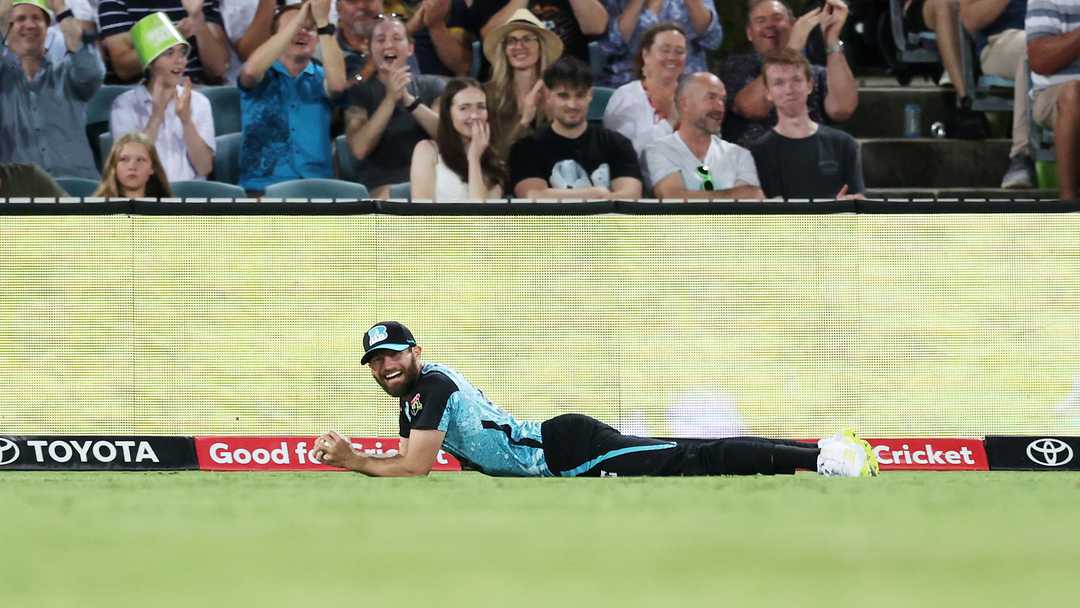
ICC to Clamp Down on Airborne Catches Beyond Boundary Line
The International Cricket Council (ICC) proposes to change the rules of boundary line catching, particularly those with action taking place outside the boundary.
Changes to Boundary Line Catches
- A fielder must be wholly inside the boundary if they touch the ball and the ground.
- If a fielder's first touch of the ball is while airborne, they must have been inside the boundary before they left the ground to make that touch.
- Where more than one fielder is involved in a catch, points 1 and 2 apply to each fielder.
- A fielder must be inside the boundary before they first touch the ball and, if they then touch the ball in the air having been grounded outside the boundary, must next land inside the boundary.
- If a player is involved in a relay catch, the fielder who touches the ball outside the boundary must land wholly inside.
- If a fielder jumps from beyond the boundary and parries the ball back inside the boundary, but the fielder lands outside the boundary, then the ball is to be considered grounded outside the boundary.
- Once the fielder has jumped from outside the boundary and touched the ball whilst airborne, the limit on them going over the boundary applies for the whole of the rest of the delivery.
Examples of Catches
- Michael Neser's catch, where he pushed the ball up into the air from inside the boundary, ran some yards beyond the boundary, 'bunny hopped' while pushing the ball up again, and then completed the catch inside the boundary, is fully within the Law.
- Harleen Deol's boundary line catch, against England in July 2021, is deemed legal.
ICC's Solution
- Limit any fielder who has gone outside the boundary to touching the ball while airborne only once, and then, having done so, to be wholly grounded within the boundary for the rest of the duration of that delivery.
- Even if the ball is parried – to another fielder or inside the field of play – if the fielder lands outside the boundary, or subsequently steps outside, then a boundary will be scored.
Simplification of the Law
- The intention is that this change will immediately become an ICC Playing Condition, to then be adopted into the Law in 2026.


